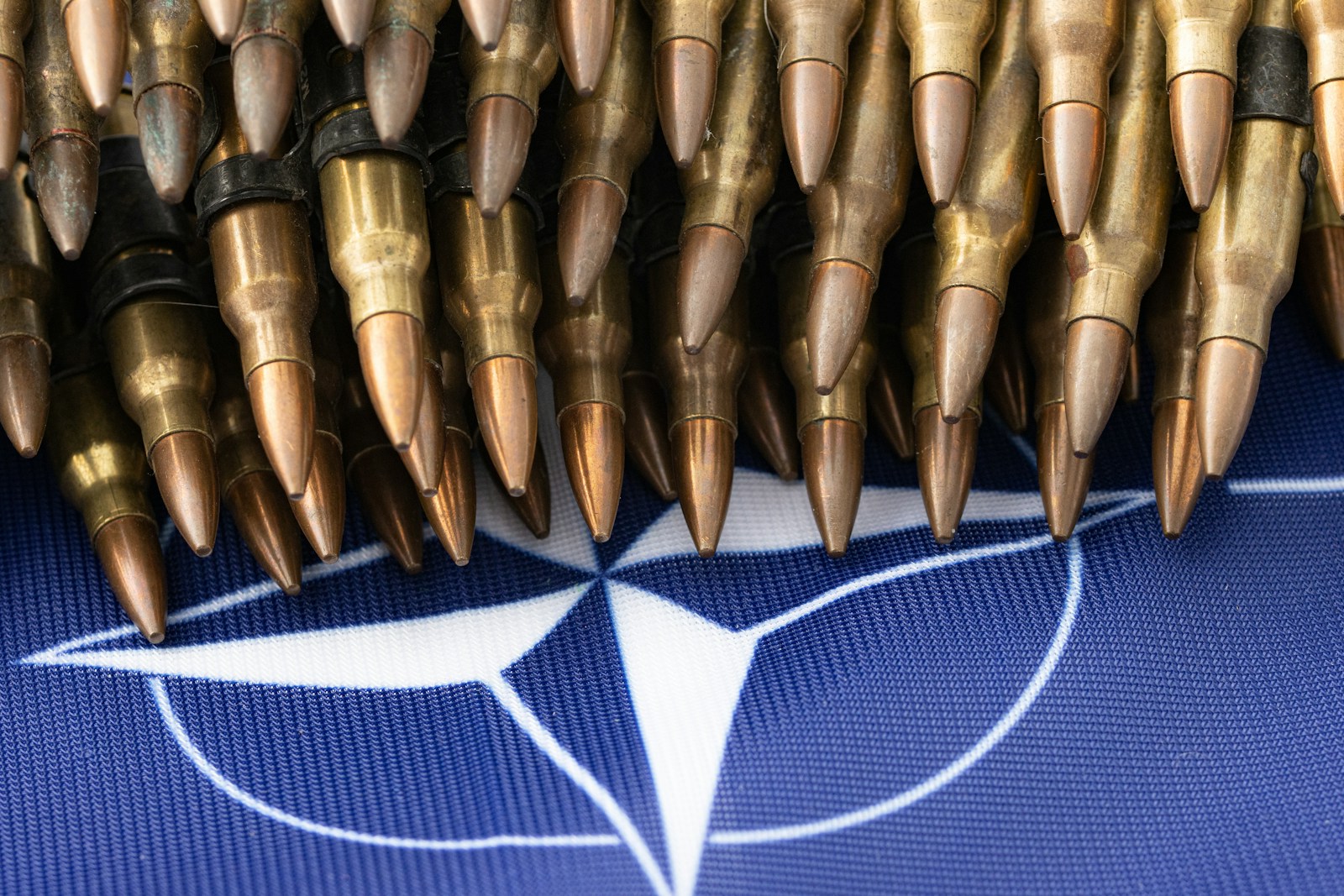Key Takeaways:
- The US has led NATO since its creation in 1949, but European leaders now worry about America’s commitment.
- President Trump has made controversial statements and actions, raising concerns about US reliability.
- NATO’s strength depends on mutual defense and economic ties between the US and Europe.
- A weaker US role in NATO could embolden Russia and harm both European and American security.
The US and NATO: A Shifting Landscape
The United States has always been the backbone of NATO, the world’s most powerful military alliance. Formed in 1949 after World War II, NATO brings together 32 countries in Europe and North America to maintain peace and security. But today, European leaders are nervous. They fear the US might no longer be as committed to protecting its allies.
Why? President Donald Trump has made headlines for unusual ideas, like wanting to buy Greenland from Denmark or suggesting Canada become the 51st US state. He’s also praised Russia, a longtime rival, and criticized the European Union, calling it unfair to the US. These actions have raised questions about America’s role in NATO.
Despite these concerns, Trump and other US officials insist that the US remains dedicated to NATO. For decades, both Democratic and Republican leaders have seen NATO as a way to boost US military and economic power. Thousands of US troops are stationed in Europe, showing America’s commitment to its allies.
What Does NATO Do?
NATO’s main job is to keep its member countries safe. It doesn’t have its own army but relies on its members to provide troops when needed. The alliance has a small budget of $3.6 billion a year, with the US and Germany contributing the most.
NATO also conducts training exercises across Europe to prepare for potential threats, like from Russia. These exercises send a clear message: NATO is strong and ready to defend its members.
Economic Ties That Bind
NATO isn’t just about military strength—it’s also about money. Europe is the US’s largest trading partner, with one-quarter of all US trade happening across the Atlantic. Millions of American jobs depend on exports to Europe.
If Russia or another country threatened Europe, it could hurt the US economy. NATO acts like an insurance policy, protecting the economic partnership between the US and Europe. At the heart of this insurance policy is Article 5, a promise that an attack on one NATO member is an attack on all.
Article 5: A Promise of Protection
Article 5 is NATO’s most important rule. It says that if one member is attacked, all members must defend it. This promise has only been used once, after the 9/11 attacks in 2001.
But Trump has questioned whether the US would uphold Article 5. He says countries that don’t meet the 2% defense spending rule, like some in Europe, might not get help if needed. This uncertainty worries NATO members, especially smaller countries that rely on the US for protection.
A Changing US Role in Europe
Reports suggest the US might pull thousands of troops out of Europe and even give up its top military role in NATO. Many experts believe the US is shifting its focus to Asia, particularly China, which is seen as a growing threat.
At the same time, the Trump administration wants better relations with Russia, despite its aggressive actions in Ukraine and cyberattacks across Europe. This shift in priorities could make Europe feel less secure.
What’s at Stake?
If the US steps back from NATO, Russia might see it as an opportunity to cause trouble in Europe. Without a strong US presence, countries like Ukraine or the Baltic states could face more threats.
Weakening NATO also hurts the US. Europe is a vital economic partner, and instability there could harm American businesses and jobs. Additionally, having strong allies in Europe means the US has friends to count on in future crises.
The Bottom Line
The US has always been NATO’s leader, but its commitment is now in doubt. While Trump says the US is still committed, his words and actions have created uncertainty.
For NATO to remain strong, the US must keep its promise to defend its allies. Pulling troops or giving up leadership roles could embolden Russia and harm both European and American security.
The future of NATO depends on whether the US stays a reliable partner. If it doesn’t, the alliance—and the peace it has maintained for decades—could be at risk.

